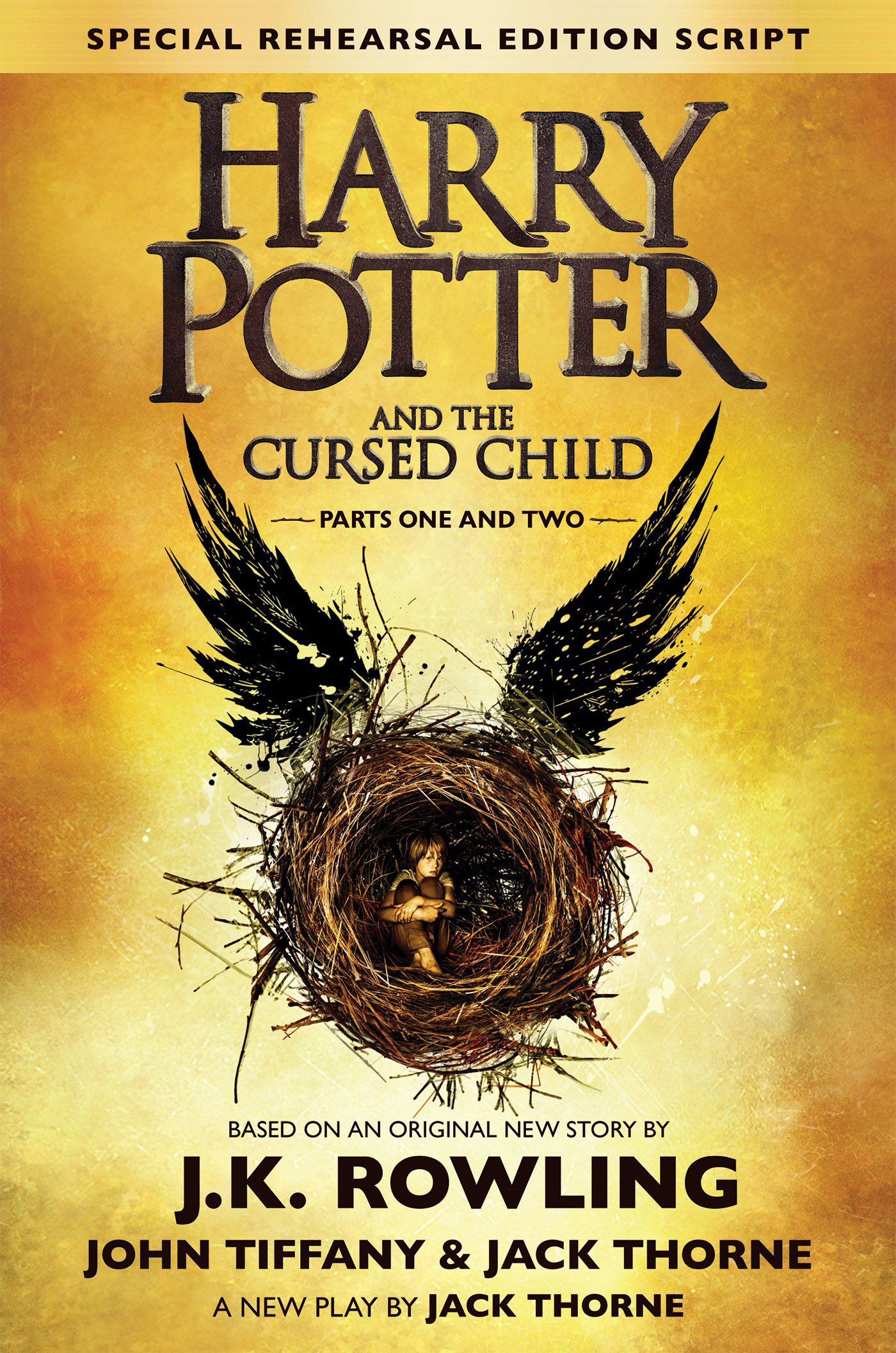Book Review: ‘Harry Potter and the Cursed Child: Parts One and Two’

(Courtesy of Scholastic)
By Matthew Fernandez
Aug. 6, 2016 12:57 p.m.
“Harry Potter and The Cursed Child: Parts One and Two” opens at the close.
Nine years after the “Harry Potter and the Deathly Hallows” was published, the newest story in the saga of the Boy Who Lived picks up right where the last book left off.
“The Cursed Child,” published July 31, is the script of the London stage play of the same name. J.K. Rowling did not exclusively write the newest Harry Potter adventure. Instead playwright Jack Thorne and director John Tiffany co-wrote the new addition to the series with the Harry Potter author. While the story satisfies fan nostalgia, it feels more like a fan fiction than a true Rowling story, haunted by the shadow of the series’ success, afraid to expand the Harry Potter mythos and stuck revisiting familiar characters and events.
Set 19 years after the Battle of Hogwarts, “Harry Potter and the Cursed Child” follows Harry and his friends through middle aged life. Harry has become an overworked, frustrated employee at the Ministry of Magic, Hermione has taken the role of Minister for Magic and Ron has become the uncharacteristically hokey owner of a joke shop.
The story’s main focus, however, is on the wizarding legends’ children, Albus Potter and Scorpius Malfoy. The legacies of their fathers haunt them as Albus fails to meet his father’s expectations or achieve the same level of greatness while the younger Malfoy struggles with rumors that he is the son of Voldemort.
While the script format is a new form for Harry Potter, the greatest plague on the story is its unimaginative storyline. Rather than crafting new characters and expanding on the Wizarding World, “The Cursed Child” is held back by its own legacy, perhaps unable to match the success of a villain like Voldemort with a single story.
The story spends too much time catering to nostalgia with brief cameos by fan favorite characters like Dumbledore, Snape and Hagrid. The writers introduces only one new character, Delphini Diggory, who is poorly defined and rather one dimensional.
In terms of plot, “The Cursed Child” is at once intriguing and disappointing. The Harry Potter stories were adventurous with many twists and turns, however the newest story unfortunately plays it safe with a rather uninspired “what can go wrong with time travel” storyline. Its only saving grace is the stark difference in the timelines and the ripples that the characters create in the future. The new timeline provides answers to many what-ifs, such as Ron asking Hermione to the Yule Ball.
Since it’s a script, “The Cursed Child” contains numerous stage directions and descriptions of special effects. Fans are used to seeing computer generated creatures, places and spells in the big screen version of the Wizarding World. Without the access to movie magic, it is hard to imagine how the stage production can accommodate the rapid scene changes, different locations and various spells.
“Harry Potter and the Cursed Child: Parts One and Two” feels like a hollow and unnecessary attempt to keep Harry Potter relevant in popular culture. Its weak story takes no risks and reaps few rewards; it refuses to create new ground, a wasted opportunity to explore more of the “Harry Potter” universe. While nostalgia will undoubtedly draw many fans to read “The Cursed Child,” the writing is not up to par with previous installments in the series and will likely leave readers disappointed.


